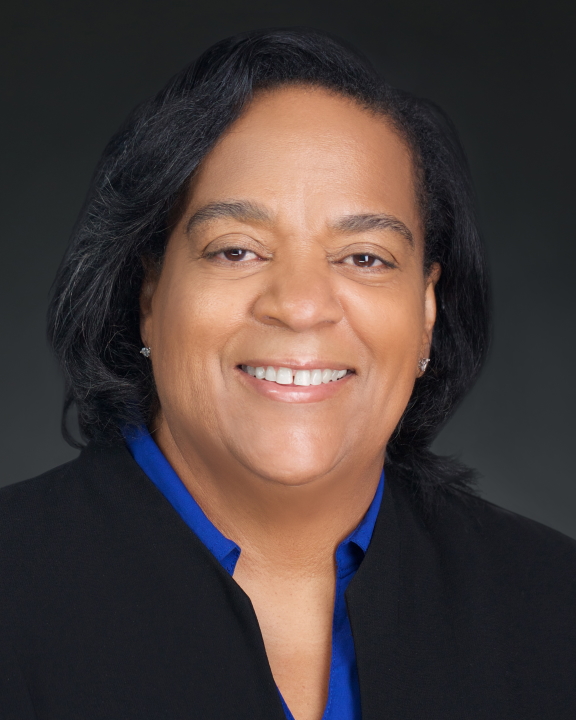The New York State Medicaid Redesign team has made a formal request to the federal government for a $13.52 billion investment over five years, starting on January 1, 2023, to continue to fund new amendments to its 1115 Waiver Demonstration. This will address the health disparities and systemic health care delivery issues that have been both complicated and intensified by the COVID-19 pandemic. This request will provide funding for providers and communities to promote health equity, address the social care needs of Medicaid members and expand advancements to value-based payment (VBP) models.
As mentioned in our last article “What you need to know about the New York Medicaid Waiver Proposal and Concept Paper”, we shared the state’s official position with the release of a very similar initial concept paper that outlined a proposed investment of $17B and strategies to accomplish many of these same goals.
Key differences and takeaways:
- The request initiates a waiver approval timeline that will formally trigger the submission requirement within thirty days and added a desired timeline to have this amendment and related programs in place by January 1, 2023.
- The overall funding value request to CMS has decreased from $17B to $13.52B which is about a 20% decrease.
- There is a proposed “differential” attribution methodology that would enable a flow of waiver dollars in VBP arrangements not only based on primary care attribution but also taking into account primary behavioral care provider for SMI, SUD, and dually diagnosed populations and Individual Care Coordination Organization for the I/DD population.
- More than 50% of the funding ($7B) will be dedicated to drive further investment of advanced VBP models – clearly illustrating the need for every provider in NY to have a concrete value based payment roadmap.
- There is a new “global model” proposal that mirrors discussions the State has been having with CMS and certain health systems serving high percentages of Medicaid that would provide for a global prepayment model across payer types, “including Medicaid fee-for-service (FFS), Medicaid managed care, Medicare FFS, Medicare Advantage, and/or commercial plans” for qualifying health systems.
- The next version of the VBP roadmap will likely include additional “equity-informed” advanced VBP options focused on targeted high needs sub-populations including bundling or episodic payments. The new social determinant of health networks (SDHNs) are not required to be a part of an IPA’s risk arrangement, however financial preference will be given to risk arrangements that include SDHNs.
- The desire for a “socially risk adjusted payment” is still an important part of the Waiver request and expected to be built into sophisticated VBP arrangements – requiring that analytics solutions include the ability to integrated social determinants of health (SDoH) data into risk stratification and risk adjustment.
- More than $1.5B of the funding is committed to supportive housing initiatives.
The State’s four goals focus on fully integrating social care and health care, while recognizing the complexity of addressing varying levels of social care needs (SCN) that impact the Medicaid population, remain the same with some additional details:
- Building a more resilient, flexible and integrated delivery system that reduces Health disparities, promotes health equity, and supports the delivery of social care with investments in the following:
- Health Equity Regional Organizations (HEROs) – one HERO per region and nine regions – with New York City potentially being divided into multiple sub-regions.
- Development and performance of Social Determinant of Health Networks (SDHNs) where funding will be distributed to the awarded lead SDHN entities in each designated region and will total $116M per year, with each region receiving $12M per year except NYC which will receive $15M.
- Advancements in VBP Models that fund the coordination and delivery of social care via an equitable, integrated health and social care delivery system. With the HERO and SDHN infrastructure established, the need for advanced and sophisticated VBP arrangements is required to support and fund the services needed to address social care needs at scale. Incentive awards are available to MCOs, providers and organizations in qualifying VBP contracts that DoH approve. MCOs are required to have an appropriately constructed network of providers for the population that are included in within a specific VBP arrangement. VBP payment models in these arrangements may include but not limited to global prepayment models.
- Capacity building and training to achieve health equity Goals will need to expand the number of community health workers, care navigators and peer support workers, particularly in low-income and underserved communities to ensure the workforce reflects and support the needs of the community.
- The State is looking to expand Medicaid services to criminal justice-involved populations prior to re-entry to ensure it is building and strengthening the relationship between the care provided within the prisons and the care offered after release by community based providers. This will ensure appropriate transition and support prior to re-entry especially for particularly vulnerable patients with comorbidities to have the housing and other supports they need to stabilize in a community setting.
- Developing and strengthening supportive housing services and alternatives for the homeless and long-term institutional populations will be a continued demand and focus on providing housing services for these specific populations.
- Redesign and strengthen system capabilities to improve quality, advance health equity, and address workforce shortages. In this redesign, NYS will reinforce previous improvements in the efficiencies within the health care delivery system to achieve better outcomes in underserved areas that impact health equity during non-emergency times by incorporating the need to support quick mobilization of the workforce for pandemic response, the continuation of essential health care services, effective care coordination and providing quality care during a crisis as well as the subsequent period of recovery.
- Creating statewide digital health and telehealth infrastructure that will continue to push and promote advanced VBP models that include digital tools and telehealth services as vital components to accessing care within the health care system with flexibility in the frequency and duration of virtual visits and other digital modalities of care.
What’s Next and What We Don’t Know Yet
The 1115 waiver demonstration proposal submitted is yet another step in the negotiations with CMS. The draft proposal, which decreased its funding request to $13.52 billion, continues to maintain its effort for budget neutrality as it provides some additional details on funding streams.
While this draft waiver amendment has been released and there is no guarantee of approval, NY State has achieved a significant milestone in this process. This is the baseline for negotiating with CMS if CMS reviews the draft and agrees to move forward with the proposal. If CMS engages, it is more than likely that we may see changes from what is presented in this draft proposal.
While there is a need to invest in HEROs and SDHNs, the funding may not be granted immediately as the selection process and the details behind it will still need to be developed and released.
The public comment period and the resulting comments and recommendations will need to be taken into consideration. The outcome of that is yet to be determined.
There will likely be an update to the NY State VBP roadmap, which outlines the services that will be included in each VBP model, the eligible members required for attribution for each VBP model, the selection and specifications of quality and outcome measures for each VBP model and methods for the risk-adjusted calculations for cost of care and benchmarks. The State is also anticipating incorporating applicable 1115 waiver feedback into this next iteration of the VBP roadmap.
The bottom line is that the significant new investments and funding proposed in this waiver emphasize a migration to enhanced VBP models and integration of equity and SDoH into the risk model. These very much aligned with recently approved waivers and programs nationally, including the California Advancing & Innovating Medi-Cal (CalAIM) program.
The COPE Health Solutions team of expert clinicians, finance leaders and operators includes some of the most experienced leaders in the country with relation to payer and provider risk arrangements, including all levels of capitation and over 20 years of supporting providers, payers and states to succeed in Medicaid Transformation Waiver programs in New York and across the nation.
Our team brings to bear unparalleled value-based payment and population health management expertise coupled with an adaptable set of solutions that range from advisory consulting to analytics with reporting support with our state-of-the-art Analytics for Risk Contracting (ARC) software. We also provide side-by-side implementation and joint operation of risk-bearing entities with aligned incentives. We have established and co-managed care management, utilization management and other managed service organization functions to allow clients to achieve financial and operational success in these models.
Please contact us at info@copehealthsolutions.com for questions on how we can help your IPA, health system or health plan prepare for success with this upcoming Medicaid Waiver and VBP overall.

